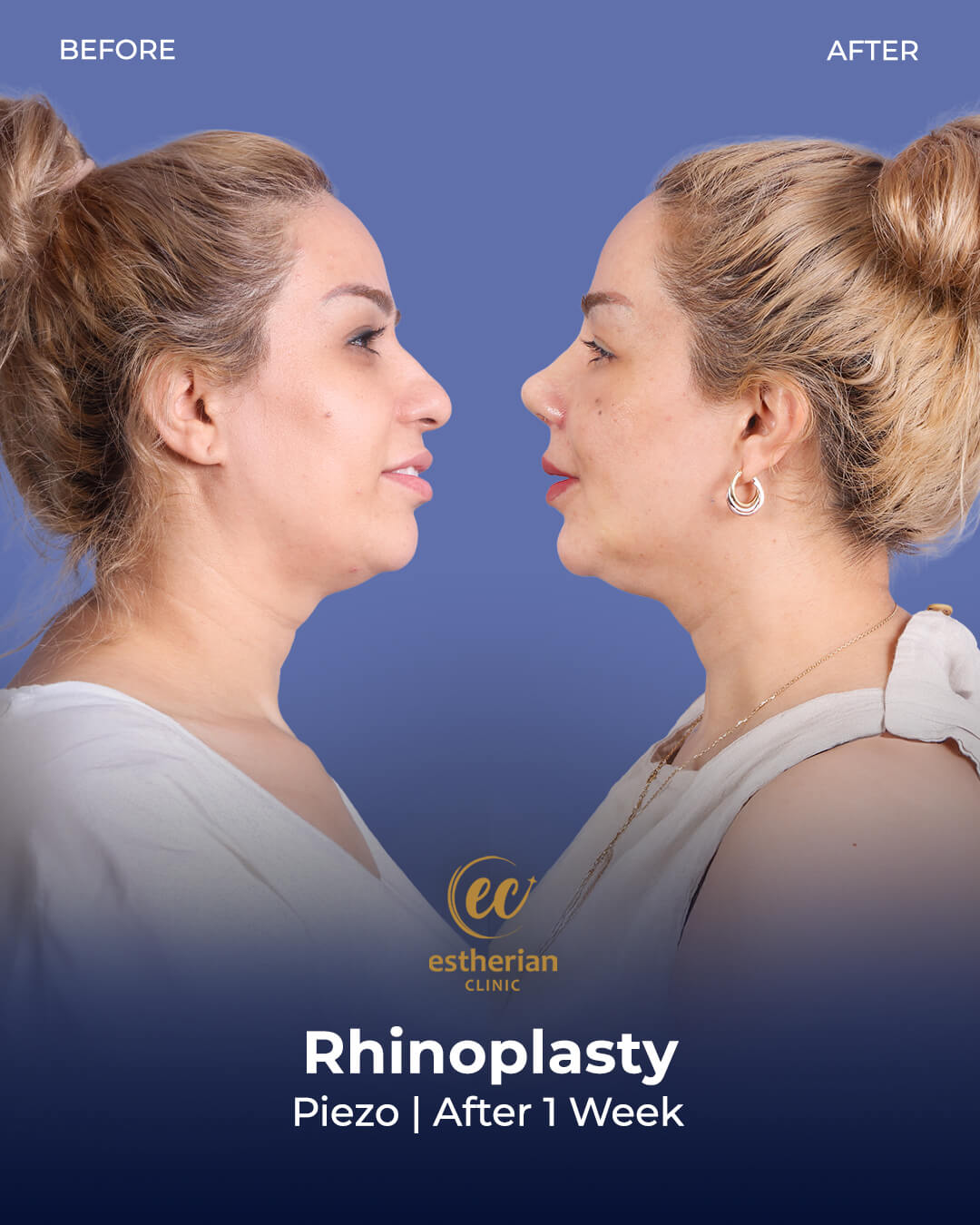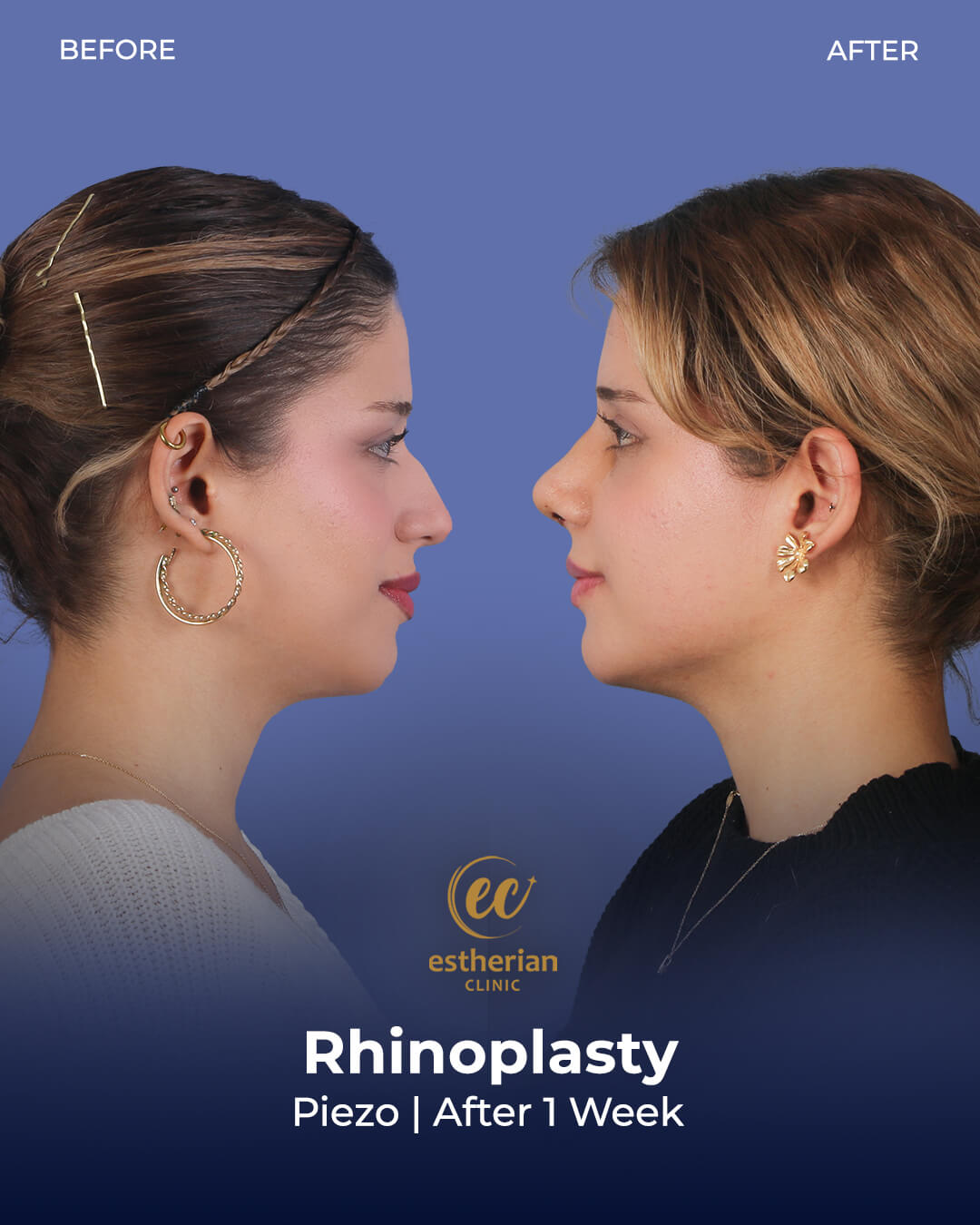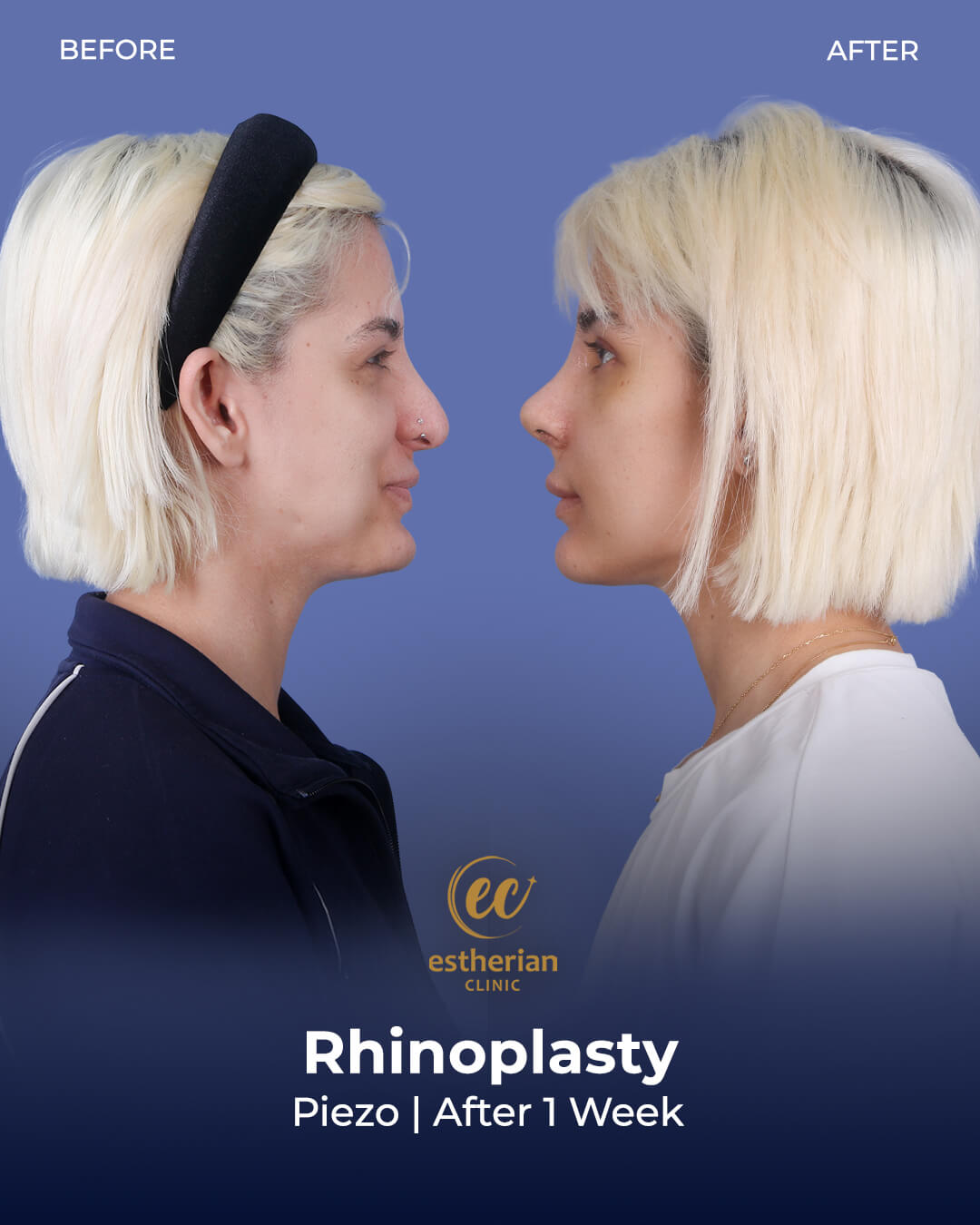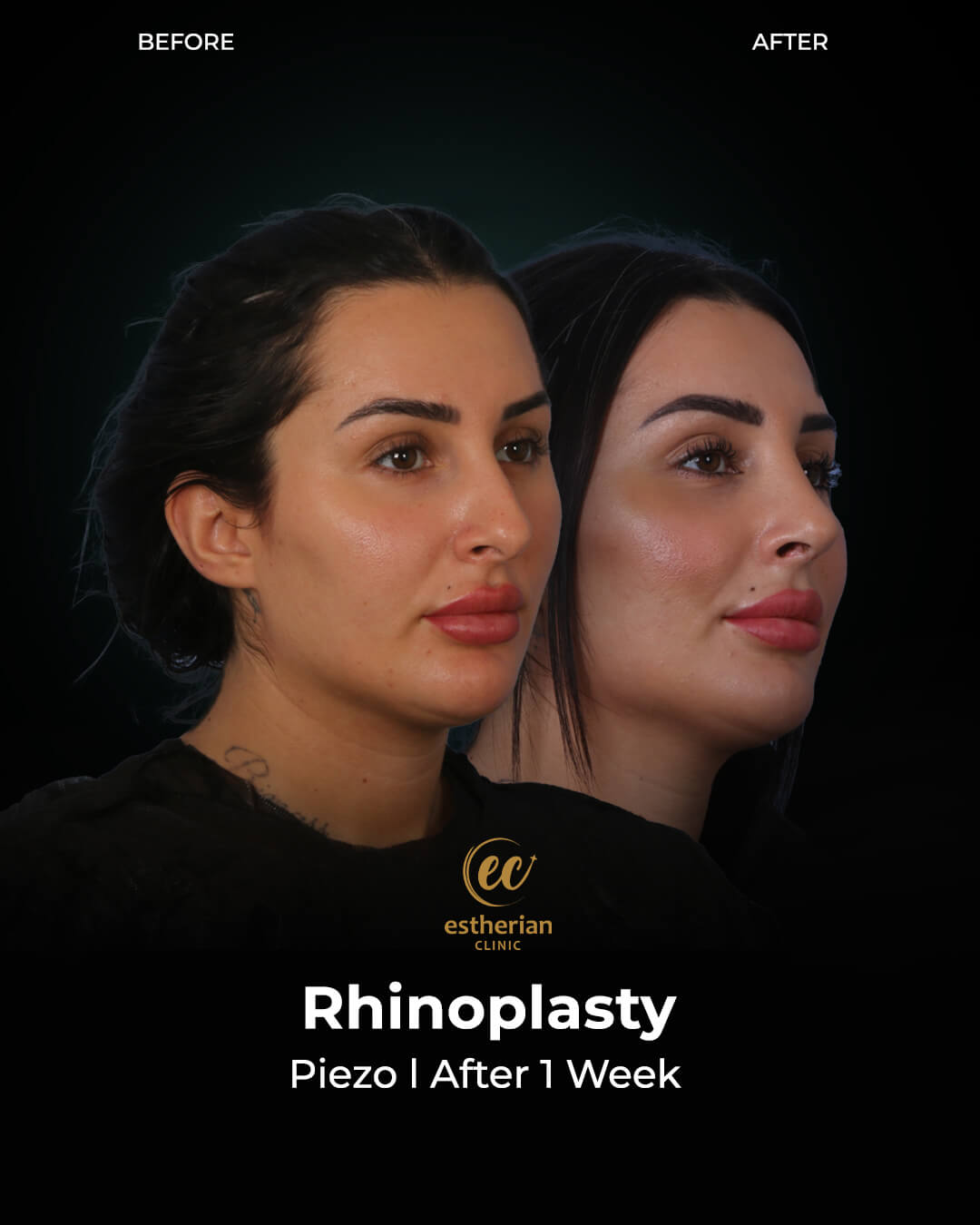Rhinoplasty surgery in Turkey, commonly referred to as a nose job, is a transformative cosmetic procedure designed to enhance facial harmony by reshaping and refining the nose. In Turkey, this surgery is performed by highly skilled surgeons using advanced techniques, making it a top choice for patients seeking aesthetic or functional improvements. Begin your journey to a more balanced and confident appearance today.
Why Turkey is Now a Leading Destination for Rhinoplasty
Over the past decade, Turkey has emerged as a global leader in aesthetic and reconstructive surgery, attracting patients from Europe, the Middle East, and beyond. Several factors make it a preferred destination:
- Experienced Surgeons: Turkish surgeons often receive international training and are members of prestigious organizations, such as the International Society of Aesthetic Plastic Surgery (ISAPS).
- Cutting-Edge Facilities: Modern, accredited hospitals and clinics follow strict safety protocols.
- Affordable Packages: Rhinoplasty in Turkey is typically 50–70% less expensive than similar procedures in the U.S. or Europe, often including accommodation, airport transfers, and translation services.
- Natural Results: Turkish specialists are renowned for creating a natural, balanced appearance rather than an artificial one.

Types of Rhinoplasty
Every patient’s needs are different, so surgeons use a variety of techniques:
- Open Rhinoplasty: An incision on the columella (between the nostrils) gives the surgeon full visibility, ideal for complex corrections.
- Closed Rhinoplasty: All incisions are made inside the nostrils, leaving no external scars. Best for minor reshaping and faster recovery.
- Tip Plasty: Focuses only on reshaping the nasal tip, ideal for refining bulbous or drooping tips.
- Septoplasty: Corrects a deviated septum to improve airflow and breathing.
- Alar Base Reduction: Narrows nostril width, often performed during ethnic rhinoplasty while respecting natural features.
- Revision Rhinoplasty: Corrective surgery for unsatisfactory results or breathing issues from a prior nose job.
- Filler Rhinoplasty: A non-surgical option using dermal fillers for minor corrections.
- Ultrasonic Rhinoplasty (Piezo Technique): Uses ultrasonic tools for precise bone reshaping with minimal swelling and bruising.
Rhinoplasty Procedure
Before the Surgery
Proper care after rhinoplasty is crucial to ensure a smooth recovery and achieve optimal results. Immediately following surgery, patients should rest in a comfortable position with their head elevated to minimize swelling and bruising. Using cold compresses around the eyes and cheeks during the first 48 hours can also help reduce discomfort.
During the first week, avoid blowing your nose, touching the surgical area, or engaging in any strenuous activities. Gentle breathing through the mouth may be necessary if nasal splints are in place. Many patients find it helpful to prepare soft foods and limit heavy lifting or bending to avoid pressure on the healing nose.
By the second week, swelling and bruising typically start to subside. Patients can gradually resume light daily activities, but contact sports, gym workouts, or activities with a risk of impact should still be avoided. Some surgeons recommend massage techniques or gentle scar treatments at this stage to help reduce residual swelling and promote proper contouring of the nose.
Around four to six weeks post-surgery, most of the visible swelling will have decreased, and patients can return to normal exercise routines with their surgeon’s approval. However, precautions should still be taken to protect the nose from accidental bumps.
It’s important to attend all follow-up appointments, as your surgeon will monitor healing, remove splints or stitches, and advise on any adjustments in care. Long-term results may continue to refine over the next six months to a year, so patience and adherence to aftercare instructions are essential.
With consistent care and attention, recovery from rhinoplasty can be smooth and rewarding, ensuring the best possible aesthetic and functional outcome.

After the Surgery
Proper care after rhinoplasty is crucial to ensure a smooth recovery and achieve optimal results. Immediately following surgery, patients should rest in a comfortable position with their head elevated to minimize swelling and bruising. Using cold compresses around the eyes and cheeks during the first 48 hours can also help reduce discomfort.
During the first week, avoid blowing your nose, touching the surgical area, or engaging in any strenuous activities. Gentle breathing through the mouth may be necessary if nasal splints are in place. Many patients find it helpful to prepare soft foods and limit heavy lifting or bending to avoid pressure on the healing nose.
By the second week, swelling and bruising typically start to subside. Patients can gradually resume light daily activities, but contact sports, gym workouts, or activities with a risk of impact should still be avoided. Some surgeons recommend massage techniques or gentle scar treatments at this stage to help reduce residual swelling and promote proper contouring of the nose.
Around four to six weeks post-surgery, most of the visible swelling will have decreased, and patients can return to normal exercise routines with their surgeon’s approval. However, precautions should still be taken to protect the nose from accidental bumps.
It’s important to attend all follow-up appointments, as your surgeon will monitor healing, remove splints or stitches, and advise on any adjustments in care. Long-term results may continue to refine over the next six months to a year, so patience and adherence to aftercare instructions are essential.
With consistent care and attention, recovery from rhinoplasty can be smooth and rewarding, ensuring the best possible aesthetic and functional outcome.

Who is a Good Candidate for Rhinoplasty?
Rhinoplasty is suitable for individuals who meet the following criteria:
- Facial growth is complete (generally 16+ for females, 18+ for males).
- Good overall health with no underlying medical conditions.
- Non-smokers or those willing to quit smoking during the recovery period.
- Have realistic expectations about the surgery’s outcomes.
What are the Benefits of Rhinoplasty?
Rhinoplasty offers both aesthetic and functional improvements, making it a versatile procedure:
- Improved Breathing:
Structural corrections, such as fixing a deviated septum, can enhance airflow and ease breathing. - Correction of Nasal Injuries:
Surgery can repair damage caused by accidents or trauma, restoring both appearance and function. - Enhanced Facial Balance:
Adjusting the nose’s size and shape brings better symmetry and harmony to facial features. - Boosted Self-Confidence:
Many patients report feeling more comfortable and confident in their appearance after surgery. - Emotional Well-Being:
The improved aesthetics and functionality often contribute to a positive self-image and overall quality of life.
When performed by a skilled surgeon, rhinoplasty not only transforms your nose but can also positively impact your overall health, confidence, and daily life.
What are the Risks of Rhinoplasty?
Like any surgery, rhinoplasty carries certain risks. Understanding these helps you make an informed decision:
- Breathing Difficulties:
Changes to nasal structure can occasionally affect airflow, though skilled surgeons take care to maintain or improve breathing. - Infection:
Rare but possible; antibiotics and proper aftercare help prevent it. - Anesthesia Complications:
Uncommon reactions to anesthesia can occur but are minimized through thorough health assessments. - Poor Wound Healing or Scarring:
Some patients may experience slower healing or visible scars, especially with certain skin types. - Dissatisfaction with Results:
Results may not always match expectations, so clear communication and realistic goals are essential.
Choosing a board-certified, experienced surgeon and following all aftercare instructions greatly reduces these risks.
Rhinoplasty is often combined with procedures like facelift surgery or eyelid surgery to achieve a harmonious and rejuvenated facial appearance. Learn more about facelift surgery in Turkey and eyelid surgery in Turkey.
For further guidance or to determine if rhinoplasty is right for you, consult with a certified plastic surgeon.
Expert Insights on Rhinoplasty Surgery in Turkey
Mayo Clinic: “Rhinoplasty may enhance facial harmony and proportion by changing the shape, size, or angle of the nose while correcting structural defects that impair breathing.”
Realself: “Rhinoplasty can improve not only the aesthetics of your nose but also its function, allowing for better breathing and an improved quality of life.”
Rhinoplasty Costs in Turkey
Rhinoplasty costs in Turkey vary depending on the surgeon’s expertise, technique, and hospital facilities. On average, prices range between $2,500 and $5,000, often including:
- Surgery
- Pre- and post-op consultations
- Hospital stay (if required)
- Hotel accommodation
- Transportation and translation services
Compared to prices in the U.S. ($8,000–$15,000), Turkey offers a cost-effective solution without sacrificing quality.
Frequently Asked Questions (FAQ)
How long do you have to stay in Turkey after a nose job?
The typical recommended stay in Turkey for rhinoplasty is approximately seven nights. This allows time for initial recovery and postoperative checkups.
How long is rhinoplasty recovery?
Rhinoplasty recovery takes about 6 weeks for the nasal bones to heal completely. During this period, avoid strenuous physical activities and ensure you follow your surgeon’s care instructions.
Is it safe to get a nose job in Turkey?
Yes, rhinoplasty in Turkey can be safe, provided you choose a qualified and experienced surgeon. Ensure the hospital is licensed by the Turkish Ministry of Health, and request to see before-and-after photos of previous patients to verify results.
Can I laugh after rhinoplasty?
While laughing is a natural and unavoidable activity, experts suggest that occasional smiling or laughing will not negatively impact the results of your surgery. However, it is best to avoid excessive facial movements in the early recovery phase.
Rhinoplasty Surgery in Turkey: Before and After

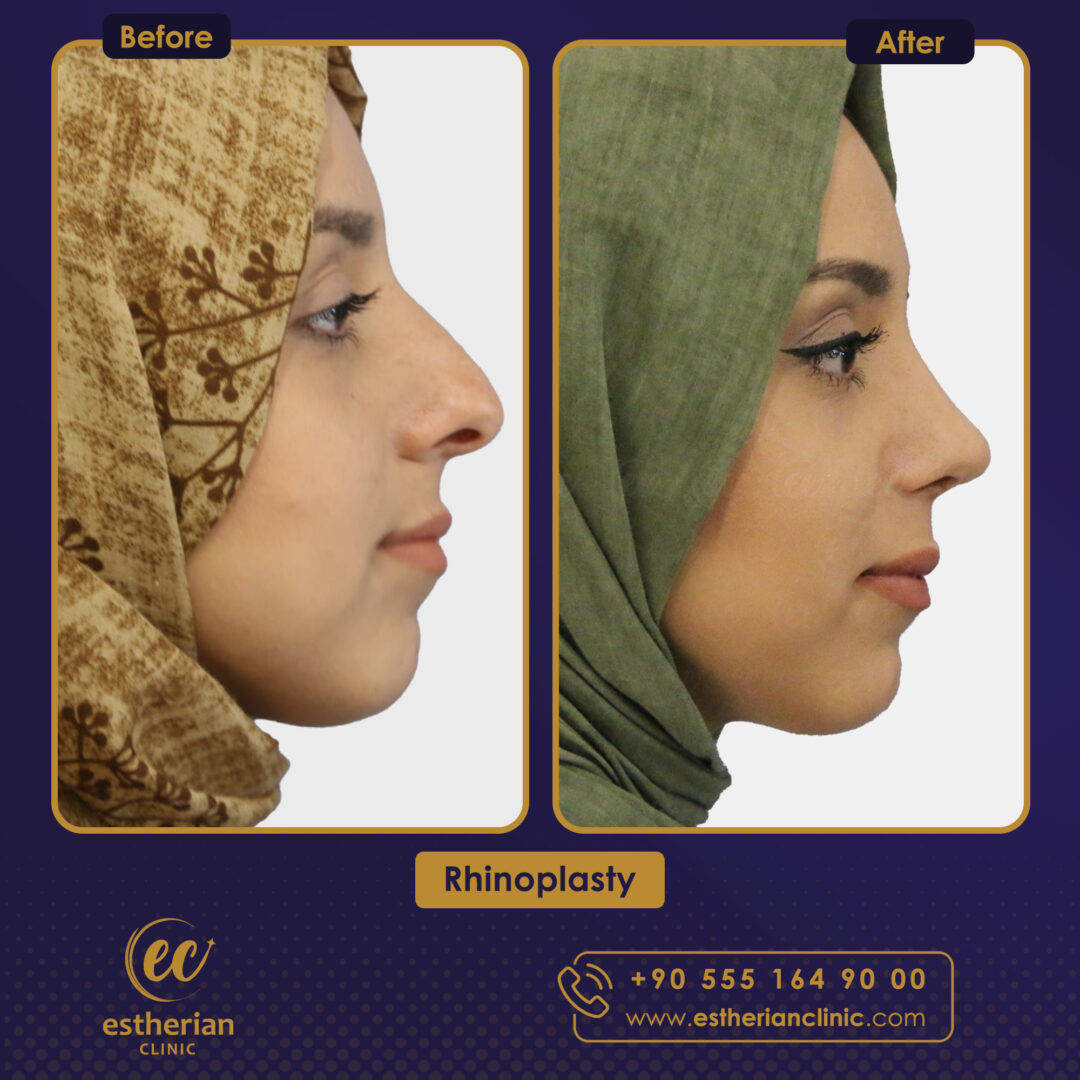













Amy’s Rhinoplasty Journey with Before and After Photos

Amy traveled from London to the Estherian Clinic for rhinoplasty, neck liposuction, and eyelid surgery. She found the clinic on Instagram and was impressed by online reviews. The clinic handled all travel and hotel arrangements. She was pleased with her consultation and felt confident in her surgical team. Post-surgery, she loved the results and recommends the clinic.




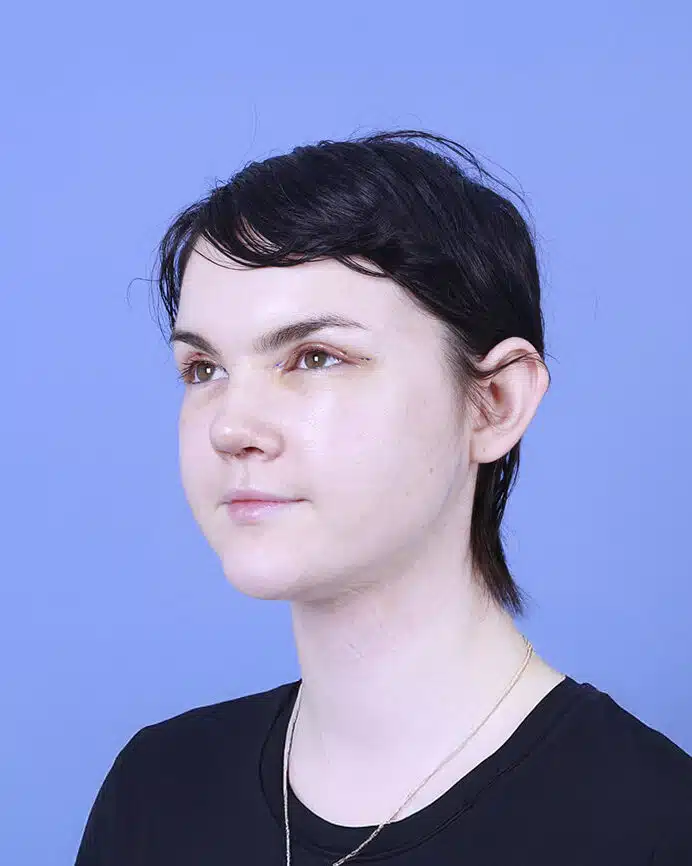

Rhinoplasty in Turkey – Before & After Transformations


